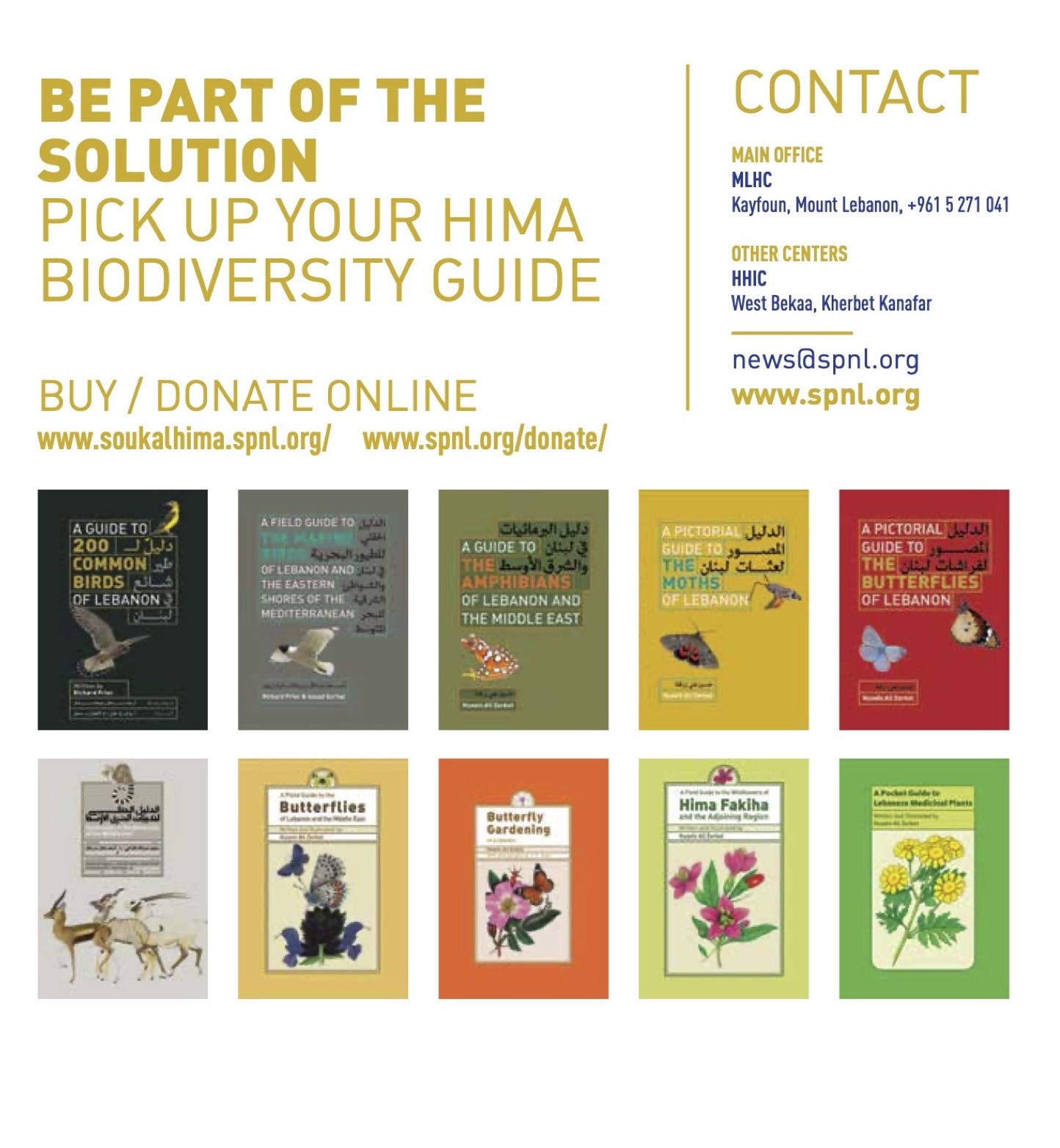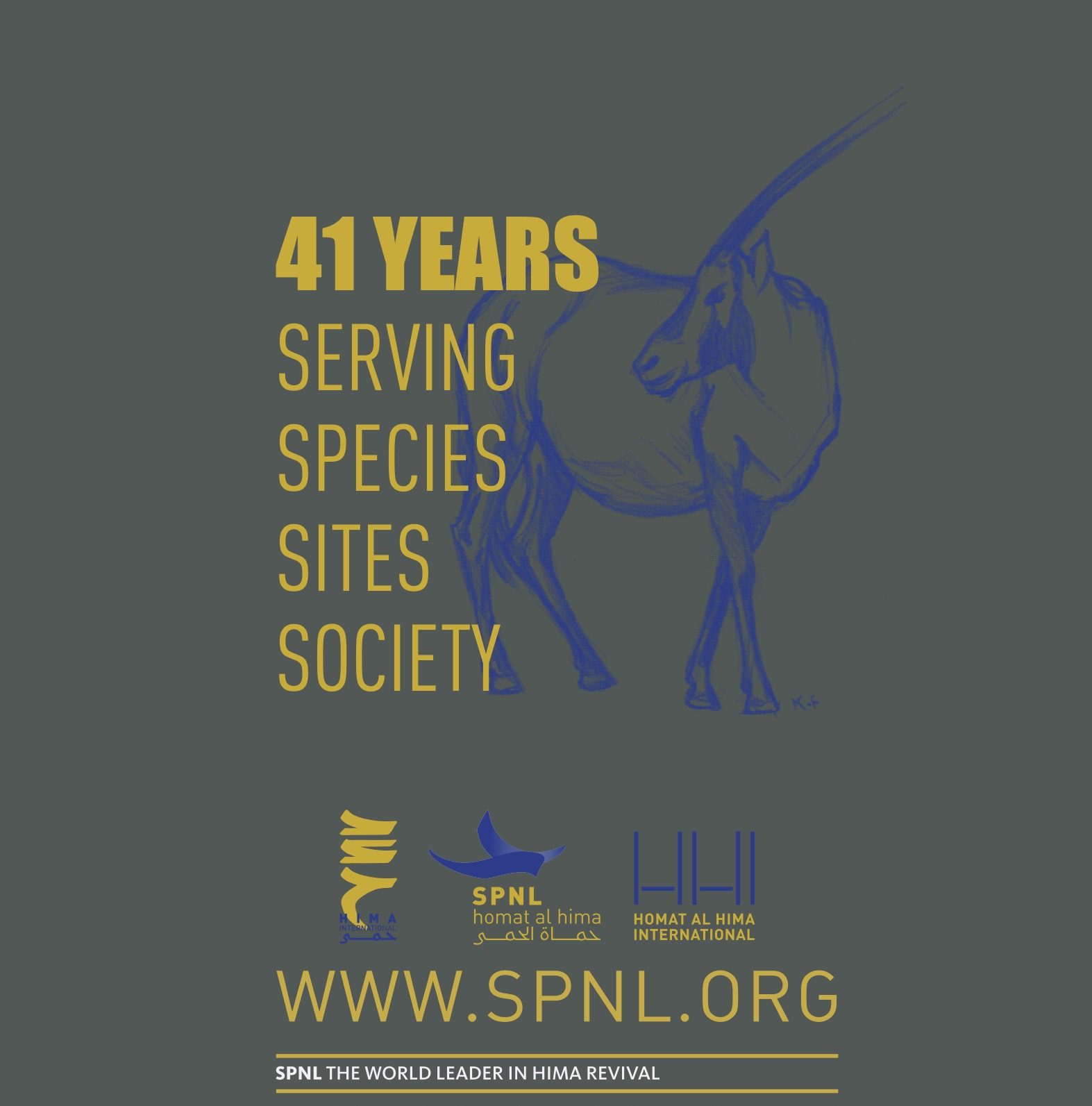This species appears to be restricted to Mount Hermon in southwestern Syria, and from the Mount Lebanon Range in central Lebanon (known from a single, recently collected specimen). It is found above 1,300 m asl on Mount Hermon and up to 2,000 m asl in Lebanon.
Cyrtopodion amictophole is classified as Endangered (EN) on the IUCN Red List. Listed as Endangered because its extent of occurrence is less than 5,000 km², all individuals are in fewer than five locations, and there is continuing decline in the extent and quality of its habitat.
It appears to be quite common on Mount Hermon, but it seems to be a rare species in Lebanon.
Population Trend:
Decreasing
Habitat and Ecology:
It is found on rocky areas, but not cliffs, with low boulders and small stones in montane areas. The clutch size is most usually a single rather than two eggs.
Systems:
Terrestrial
Major Threat(s):
On Mount Hermon it is threatened by the development of its habitat for use by the military, and is potentially threatened by the development of the ski industry. The threats to the species in Lebanon are not known.
Conservation Actions:
It is present in the Mount Hermon Nature Reserve. In Lebanon it was collected close to the Arz Al-Shouf protected area, although its presence within the protected area requires confirmation. Further field research is needed to determine whether the species ranges between Mount Hermon and the Mount Lebanon Range.







